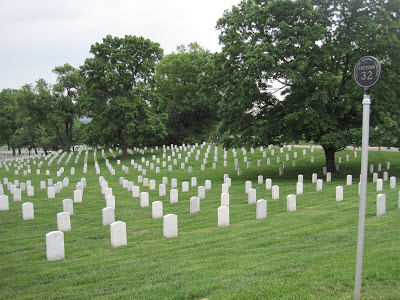A NEW TOOL FOR TELEPATHY TERMINATION!
Have you ever been in the front seat of a car, next to a spouse or strongly connected life companion, when that individual verbalizes something you had just been thinking only a few seconds ago? Such an occurrence is fascinating, invoking curious wonderment and yet another mystery for neuroscientists to investigate.
Have you ever been in the front seat of a car, next to a spouse or strongly connected life companion, when that individual verbalizes something you had just been thinking only a few seconds ago? Such an occurrence is fascinating, invoking curious wonderment and yet another mystery for neuroscientists to investigate.
Whether or not you’ve
experienced this phenomenon, probably there are times when you wonder what is
going on in the mind of a pivotal person whose life is merged with yours. Maybe your curiosity relates to
perceptions about your appearance, behavior, or longings for physical
entwinement. Or maybe it simply has to do with which turn to make down the road
a piece.
Sometimes as a passenger in
the car, you might expect to turn right, yet the driver turns left. Heh? You had made an assumption that didn’t mesh with the
outcome. Did you assume he would
read your mind? How was he to know
what direction you deemed appropriate to follow?
And so it is with
pre-planning end-of-life arrangements.
How do you expect a person with whom you are closely bonded to know
about your final wishes? Do you
presume he or she will read your mind sometime between now and when you die, or
will you opt for intentional communication?
Do you even know what arrangements you favor? First, use resources to beef up your
awareness of options. Explore a
multitude of possibilities to enrich the information-gathering experience.
Determine your inclinations and eliminate funerary courses of action to which
you are opposed. Be surprised by the intriguing aspects of meeting your
objectives. Record you determinations and then convey your preferences to life
companions.
NOW THERE IS AN EASY WAY FOR
YOU TO COMPOSE A RECORD OF YOUR WISHES, thereby providing loved ones with a
valuable instrument of guidance to use when needed. Instead of accessing a pre-planning form limited to headings
and requiring substantial writing, you have the simple option of completing a
questionnaire.
A COMPREHENSIVE QUESTIONNAIRE
IS AVAILABLE HERE AS A FREE PRE-PLANNING TOOL, either for completing online or
for downloading. Fill out your own
and ask others among your close companions to do likewise. Print the record/s of responses and
then you’ll have a tangible means for communicating content. The document/s can serve as a
springboard for discussion. That
way, your life partner or close companions will be sure to know what you are
thinking. And you will have prepared
a gift of incalculable worth… an informative resource to store somewhere for
future reference.


















